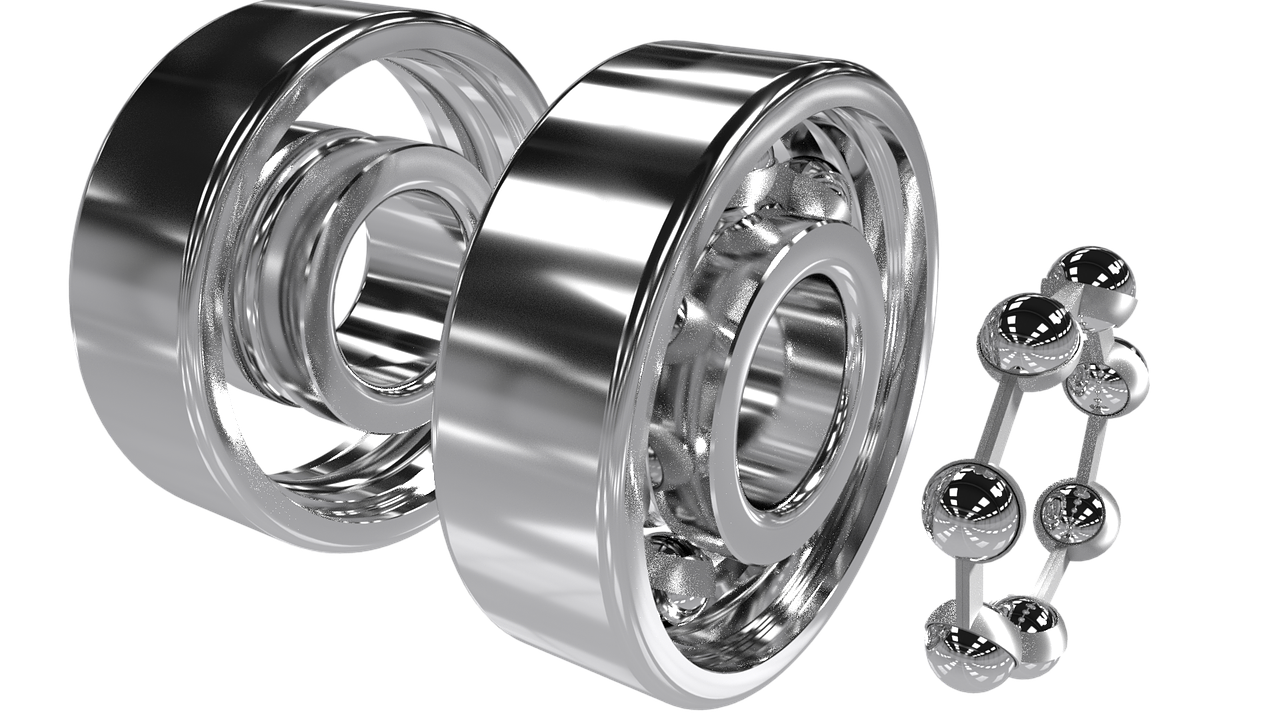Linear plain and recirculating ball bearings are both linear movement mechanisms that are used in a wide range of applications. Their main and key difference is the nature of their movement, with linear plain bearings sliding across the guide (or shaft) while recirculating ball bearing systems rolling on it.
Here are the things to consider when you’re unsure about which one is the ideal choice for a specific application:
- Linear plain bearings can operate dry thanks to lubricants embedded in the matrix of the polymer. Recirculating ball bearings need lubrication approximately every three to six months.
- When a precision fitting is required, linear plain bearings are a better choice thanks to their tightest minimum clearance.
- Corrosion protection is relevant because both can be made of different materials. However, we generally have better performance in plastic linear plain bearings which are resistant to mineral acids, alkalies, and inorganic substances.
- If you’re after a lower coefficient of friction, recirculating ball bearings are the way to go because they simply have a much smaller contact area.
- If you use very small strokes, ball bearings will suffer from continuous wear and one-side stress. Consider using a linear system instead.
- Cost is always a consideration in practical engineering, but this depends on the choice of material and the quality of the bearing, besides the type. In general, linear plain bearings are more expensive, but recirculating ball bearings require lubrication, so they incur maintenance costs.
In general, if you’re going for high precision, accuracy, and low friction, use rolling bearings. If you’re after maximum dirt resistance, movement stability, and if it’s impossible to access the part during maintenance sessions for lubrication, then use a sliding element. As always, both types come with their strengths and weaknesses, so to enjoy a peace of mind for a long time, make sure that you consider everything mentioned above.







